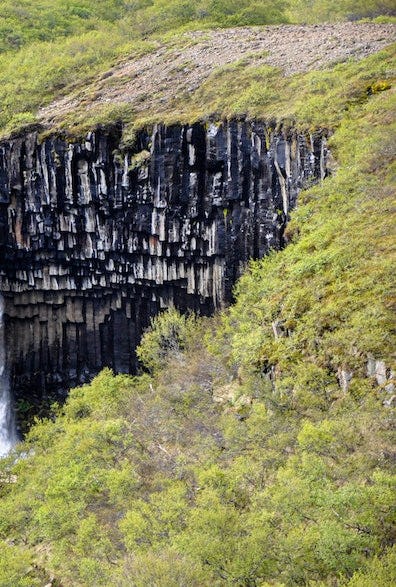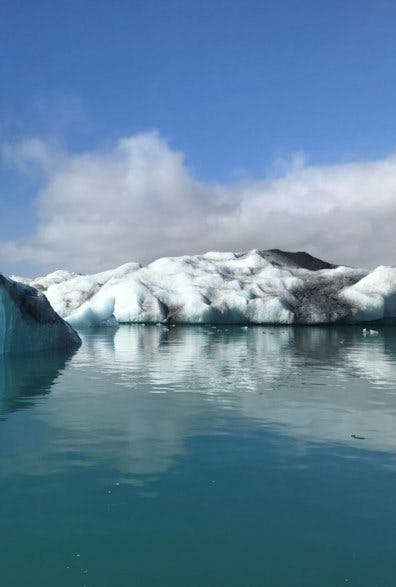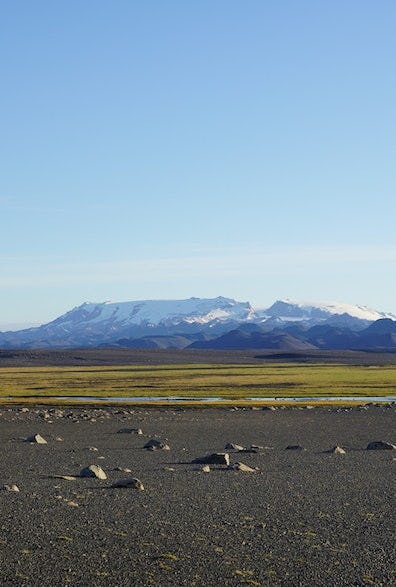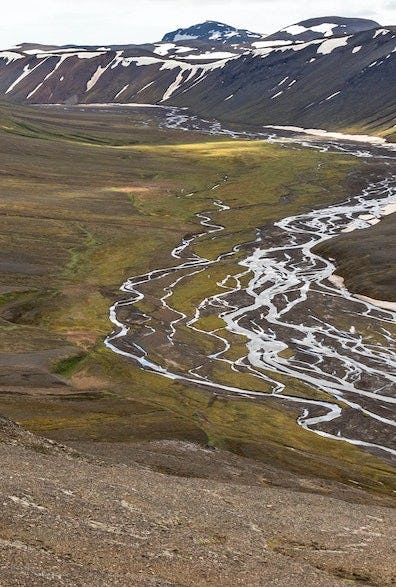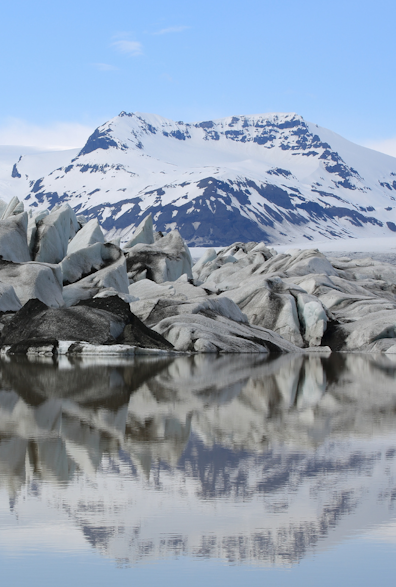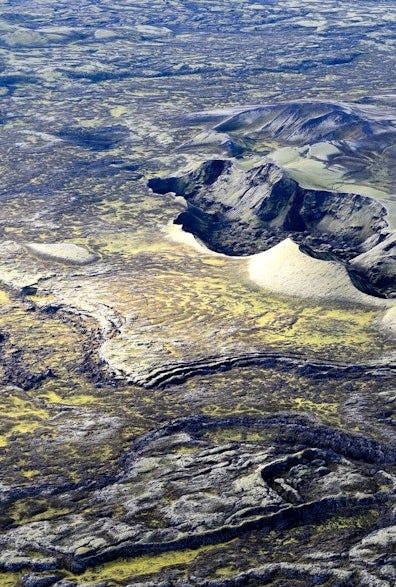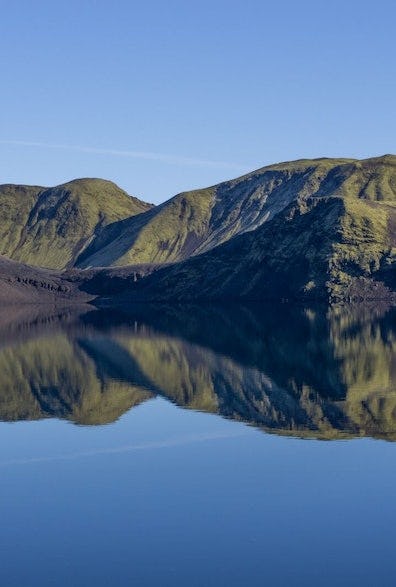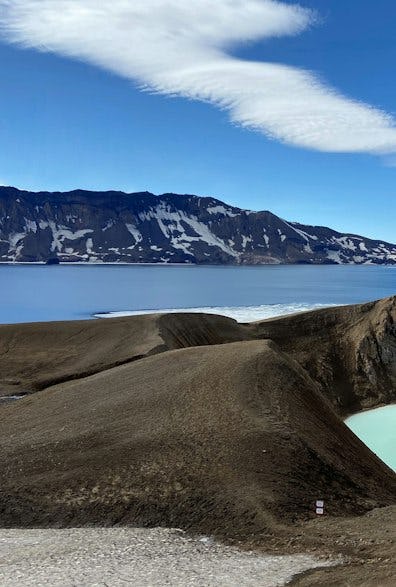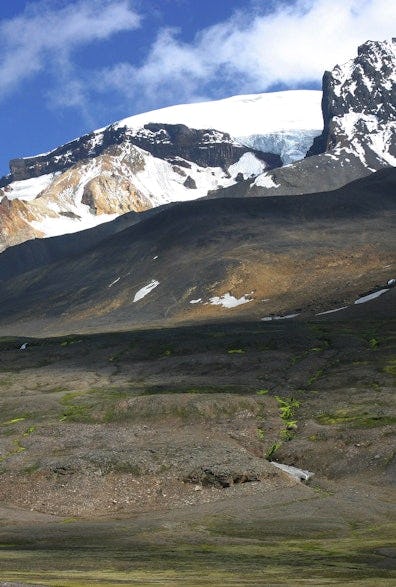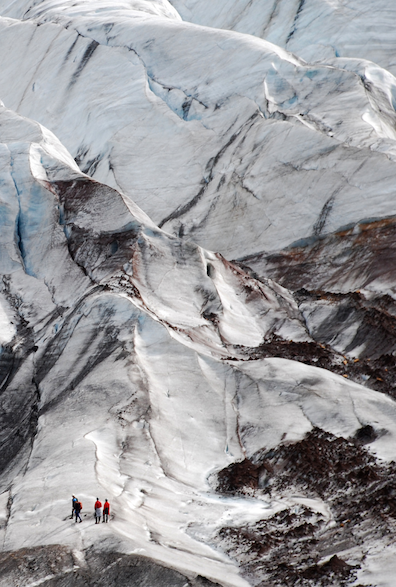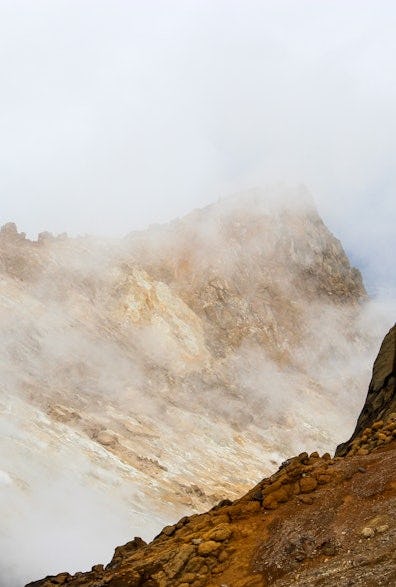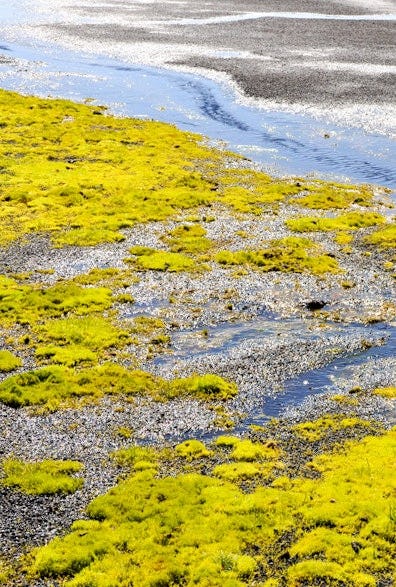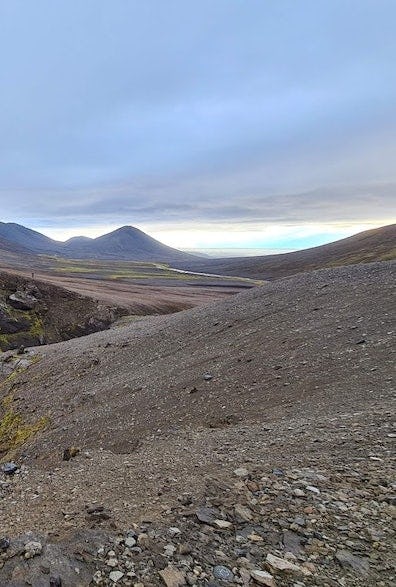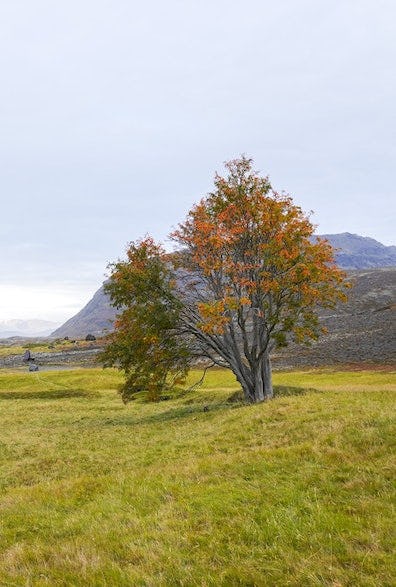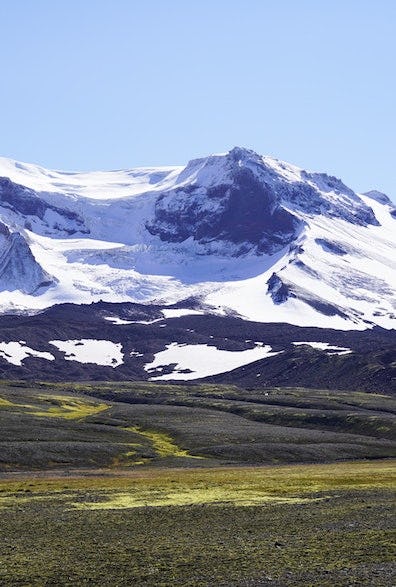The unique nature of the National Park
The natural and cultural history of the Vatnajökull National Park is unique on a global level. The nature there is shaped by heavy volcanic activity in the Mid-Atlantic Ridge and a climate defined by a confluence of warm and cold currents in the sea and air.
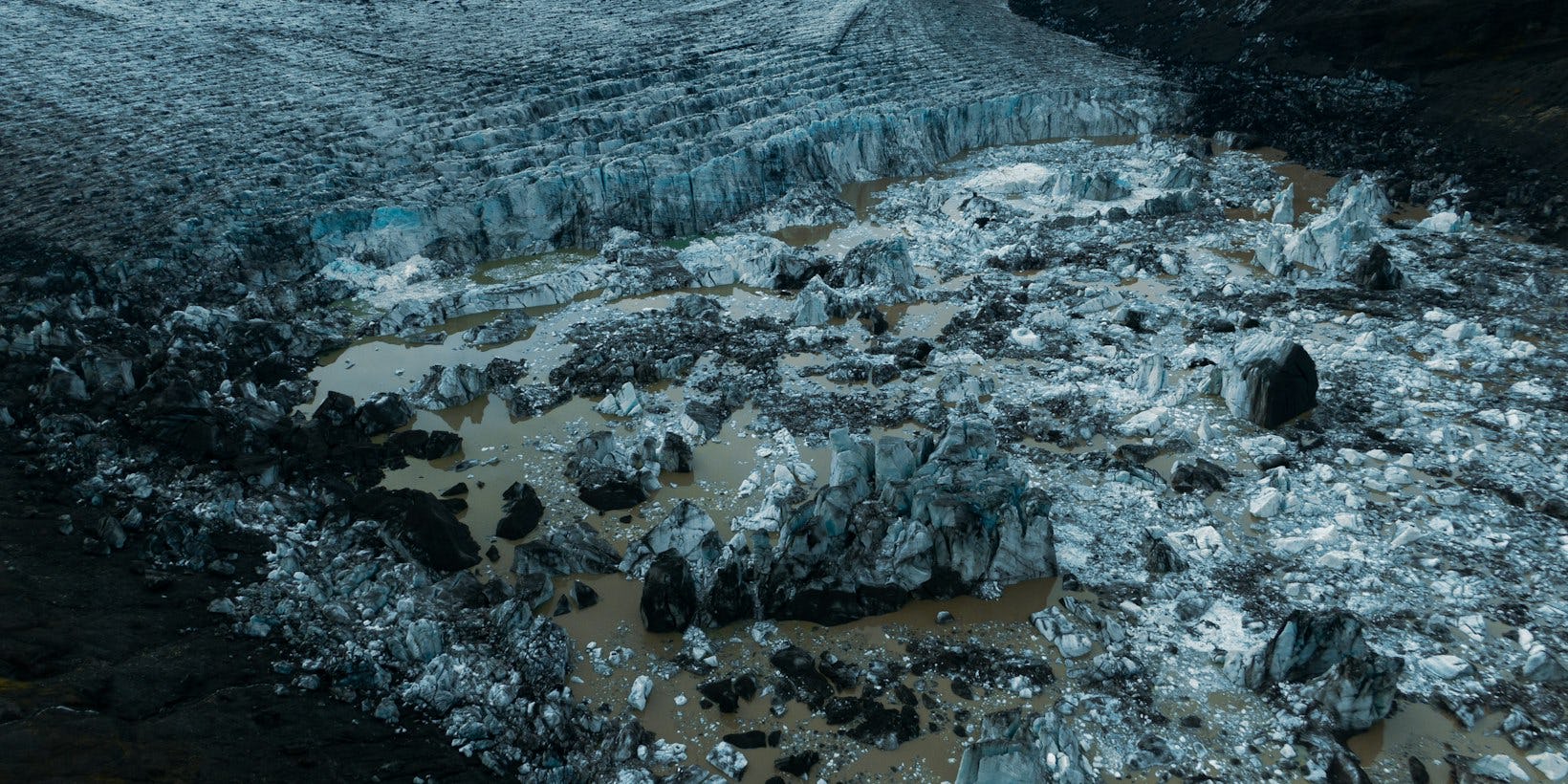
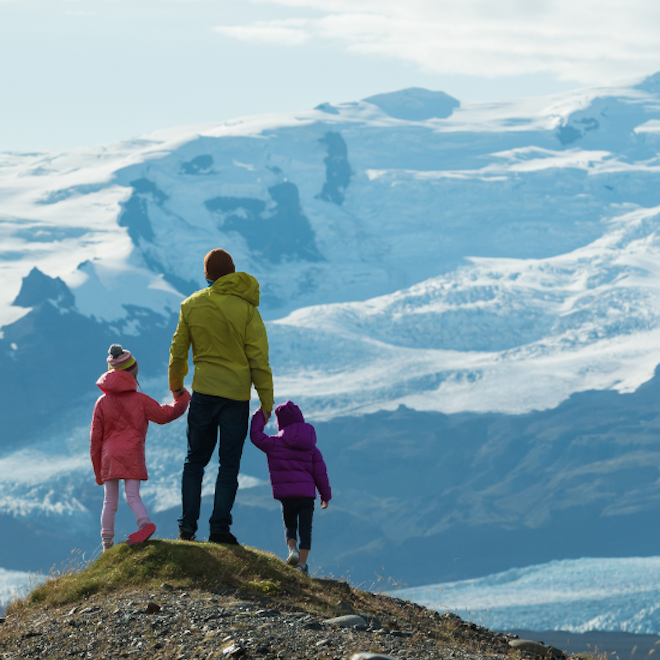
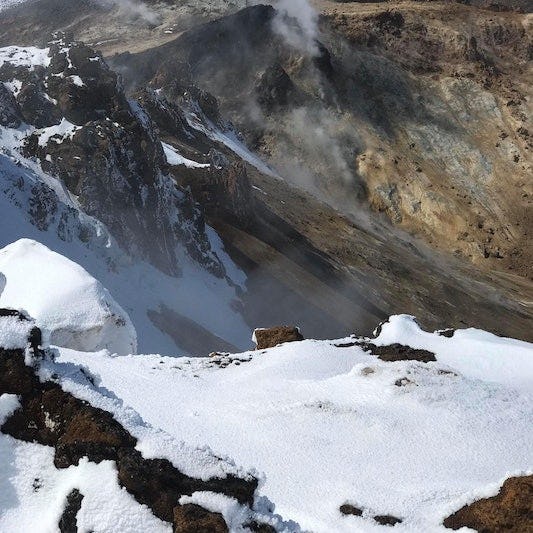
Fire & Ice
Vatnajökull National Park is unique on a global level due to its geological history, which has been largely written by the protracted conflict between fire and ice. Many places can boast of volcanoes or glaciers, and some even have both, but nowhere else can you witness the struggle that rages between plate boundaries, mantle plume and plateau glaciers like in Vatnajökull National Park. The interaction between these phenomena and other land-shaping factors has resulted in the creation of a natural environment that is ever-changing and of a more diverse character than any other defined area in the world. Vatnajökull National Park offers the opportunity to experience the shaping of the earth in real time.
What is a national park?
National parks are most commonly large areas that are mostly untouched or only slightly impacted by human activity, with unique features as regards nature, ecosystems, landscape and geological or cultural heritage. When an area is declared a national park a decision is made to protect that area for the long term, and that its natural and cultural heritage shall be taken into consideration in all construction, organisation and activities that take place there. National parks belong to the people and offer locations for outdoor activities, education and experiences. In order to protect ecosystems, locations to experience nature, and cultural heritage sites, certain infrastructure and organisation is required, and sometimes it is necessary to limit access.
UNESCO World Heritage List
Vatnajökull National Park was included on the UNESCO World Heritage List on 5 July 2019 on the basis of its unique natural characteristics.
More about the National Park's activities
The landscape of the National Park is shaped by the synergy between volcanoes and glaciers. It bears witness to lava flows, geothermal activity, hyaloclastite ridges and table mountains, terminal moraines, ice dammed lakes and glacial plains, with the ice sheet looming above. At the south part of Vatnajökull there are coastal areas and open sea.
